Always Here for You.
Lighting Warehouse offers direct support to customers. We always have your back.
SHOP BY LW BRAND
SHOP CATALOG
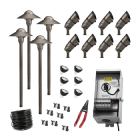 Easy-Install Kits
Easy-Install Kits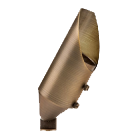 Uplights
Uplights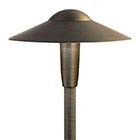 Path & Walkway Lights
Path & Walkway Lights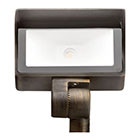 Flood & Wall Wash Lights
Flood & Wall Wash Lights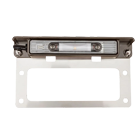 Hardscape Lights
Hardscape Lights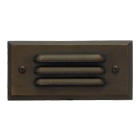 Step Lights
Step Lights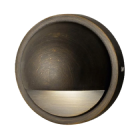 Outdoor Deck Lights
Outdoor Deck Lights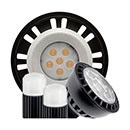 Outdoor Bulbs
Outdoor Bulbs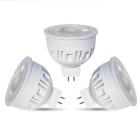 RGBW Color Lights
RGBW Color Lights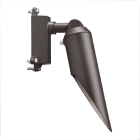 Downlights
Downlights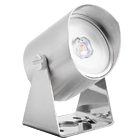 Underwater Lights
Underwater Lights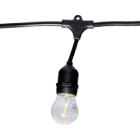 Bistro String Lights
Bistro String Lights Holiday Decorations
Holiday Decorations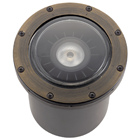 In-Ground Well Lights
In-Ground Well Lights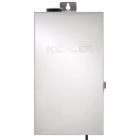 Transformers
Transformers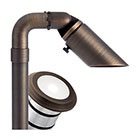 Accessories
Accessories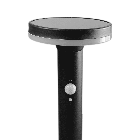 Solar Lights & Portables
Solar Lights & Portables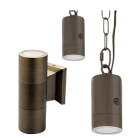 Specialty Lights
Specialty Lights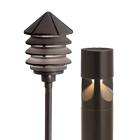 Bollard Lights
Bollard Lights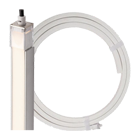 Tape Lights
Tape Lights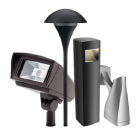 120V Landscape Lighting
120V Landscape Lighting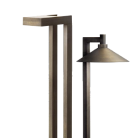 Dark Sky Approved Lights
Dark Sky Approved Lights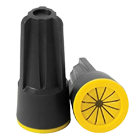 Connectors
Connectors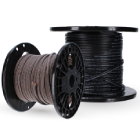 Wire & Cable
Wire & Cable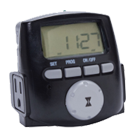 Timers & Control Devices
Timers & Control DevicesAlways Here for You.
Lighting Warehouse offers direct support to customers. We always have your back.
Save More When You Become a Customer!
Lighting Warehouse offers support to customers at home.


October 25, 2024
Table of Contents: Energy-Efficient Lighting
Incorporating the best lights for energy efficiency into your landscape design isn’t just a trend—it’s a smart, sustainable choice. Whether you’re using LED bulbs to reduce power consumption or strategically placing solar-powered fixtures, this approach helps you cut energy costs, reduce your environmental impact, and enjoy a low-maintenance system.
As dusk settles and the lights come on, your outdoor space can become something truly special. Soft glowing pathways, trees subtly illuminated from below—these touches make a landscape feel inviting, but they can also take a toll on your energy bill if you’re not careful. Fortunately, with the right energy-efficient lighting, you can create a beautiful, well-lit yard without wasting electricity or money.
Let’s explore how these technologies can transform your outdoor space while keeping things green and cost-effective.
The good news is that energy-efficient landscape lighting isn’t complicated. It’s all about smart choices, and the first step is switching to landscape lighting LEDs. Unlike the harsh, yellow glow of old incandescent bulbs, LEDs give you a crisp, clear light. They’re like the difference between watching an old, grainy TV show and seeing it in HD. And just like that HD upgrade, LEDs are a game-changer, using up to 75% less energy and lasting for years—think 25,000 hours or more—so you’re not constantly climbing a ladder to change bulbs.
On top of the longer lifespan, landscape lighting is great for making your outdoor space safer, showing off your home’s best features, and creating a cozy outdoor vibe. But without a good plan, it can also rack up energy costs.
Outdated fixtures, poorly placed lights, or skipping maintenance can waste a lot of electricity. Switching to energy-efficient lighting helps lower energy use, cuts down on your bills, and even reduces greenhouse gas emissions. Plus, you can keep your yard looking just as beautiful and well-lit while doing your part for the environment.
Several technological advancements in landscape lighting make it easier than ever to find energy-efficient lights that work for you. Let’s explore the most impactful ones that can cut down on energy consumption:
Now that we’ve covered the technologies that enhance energy-efficient outdoor lighting, let’s look at practical steps you can take to optimize your design for maximum sustainability:
Beyond just saving energy, there are numerous benefits to choosing the best lights for energy efficiency for your landscape. Here are some of the pluses to keep in mind when you’re thinking about making the switch:
Energy-efficient landscape lighting is not only a smart financial choice but also an environmentally responsible decision. By incorporating technologies such as LED lighting, low-voltage systems, solar-powered fixtures, and smart controls, you can reduce your energy consumption while still achieving the desired ambiance and security for your outdoor spaces.
With strategic planning, proper maintenance, and the use of modern lighting solutions, you can create a stunning, energy-efficient outdoor lighting design that benefits both your wallet and the planet. Whether you’re installing a new system or upgrading an existing one, making energy efficiency a priority is a win-win situation for both you and the environment.
By far, LED lights are the best lights for energy efficiency. They do not require as much energy to run and offer a longer lifespan than halogen or incandescent lighting. If you’re debating about making the switch, read our post on halogen vs. LED lighting and find out how easy it is to have a more energy-efficient outdoor lighting setup.
While LEDs are energy-efficient lights, it’s still cheaper to keep them off when they’re not needed. Saving money by reducing your energy output, even with LEDs, can go a long way to reducing your monthly utility bills. To make the process easier, consider getting a timer system that allows you to set an activation schedule for your outdoor lighting.
In addition to LED lights, you can do even more to get the most from an energy-efficient lighting system. You can further reduce costs with the help of low-voltage lighting for numerous fixtures or even utilize solar lights, which is extremely useful if you live in a place where sunlight is prevalent throughout the year. You can also look at timers and dimmers to not only create your ideal atmosphere but also to reduce energy costs when they’re unnecessary, such as when you leave your home or are not hosting as many guests.
Join our Insider list and check out the different outdoor lighting lighting options that we have to offer.
Sign up for exclusive offers and insight into what’s new for Lighting Warehouse. Elevate your outdoor lighting today!
By inputting your email, you agree to receive recurring promotional emails to which you may unsubscribe at your discretion.
Start Building Your Landscape Lighting System Today at Lighting Warehouse!
Monday - Friday

Speak to us at 855-444-8424